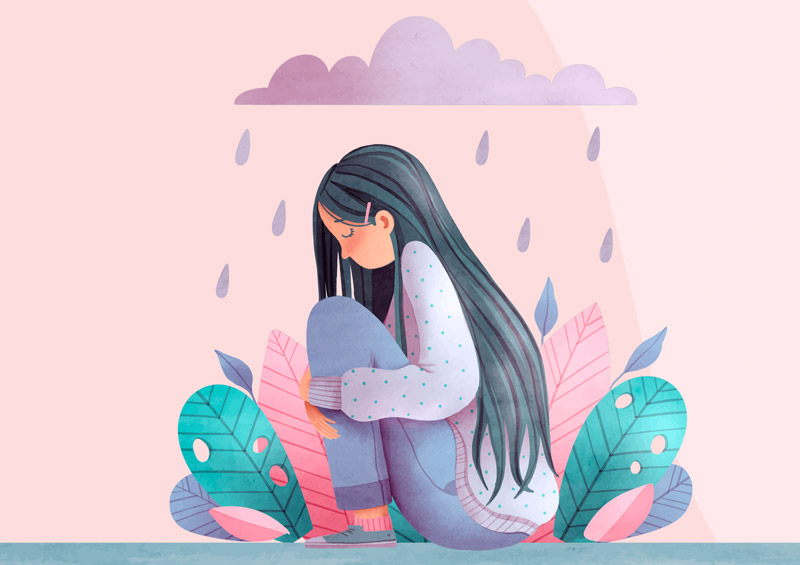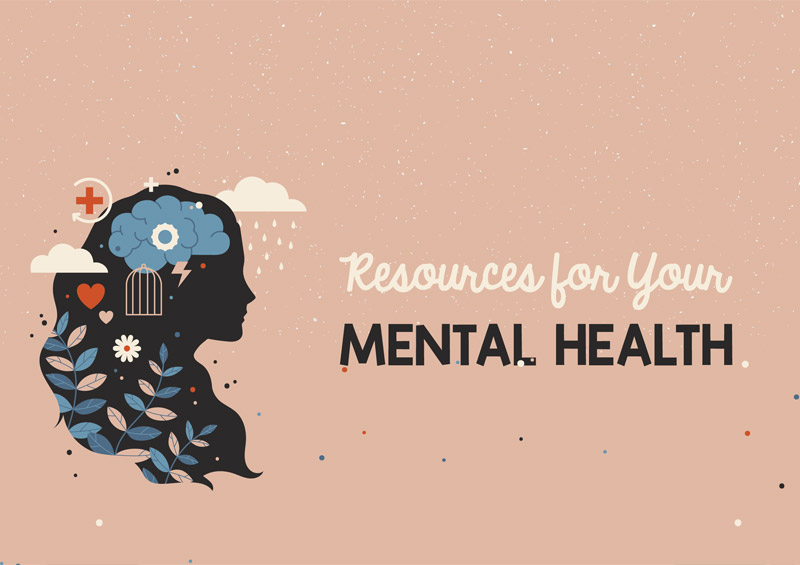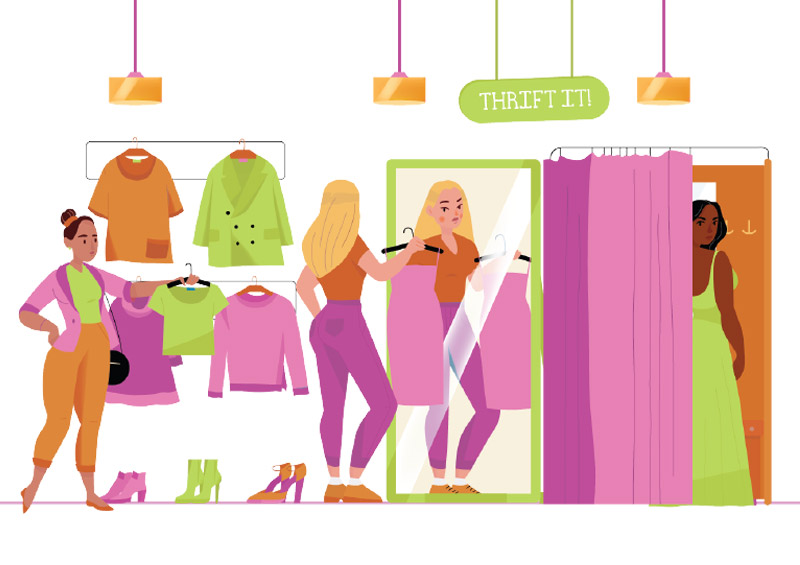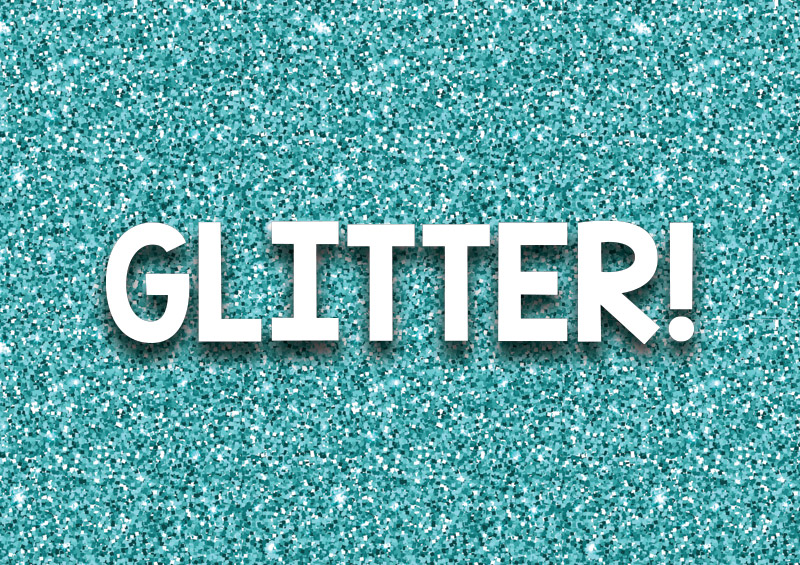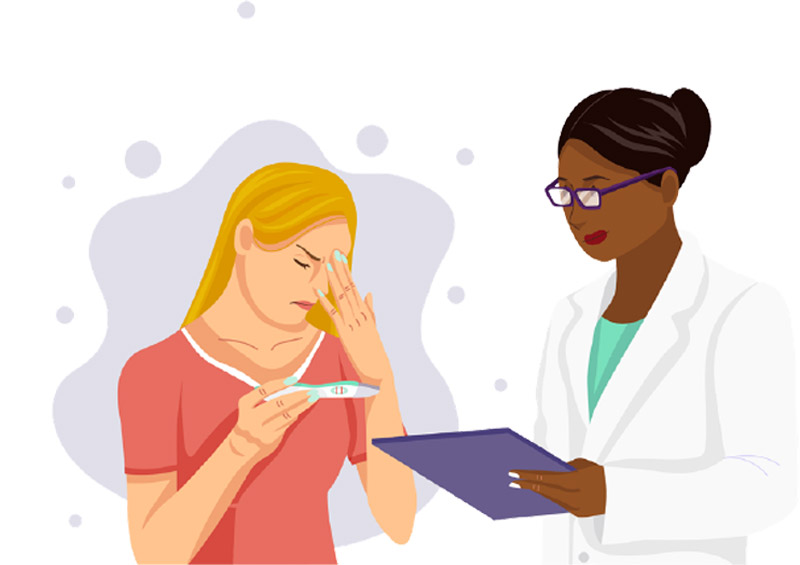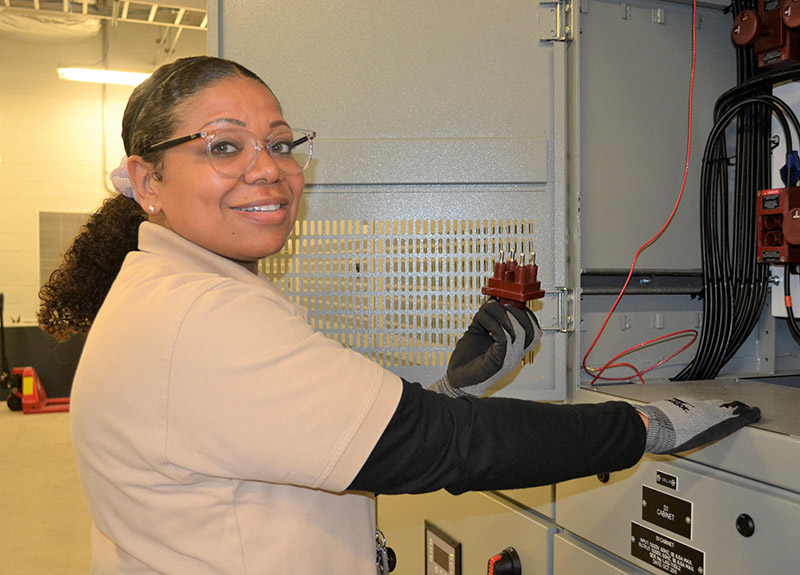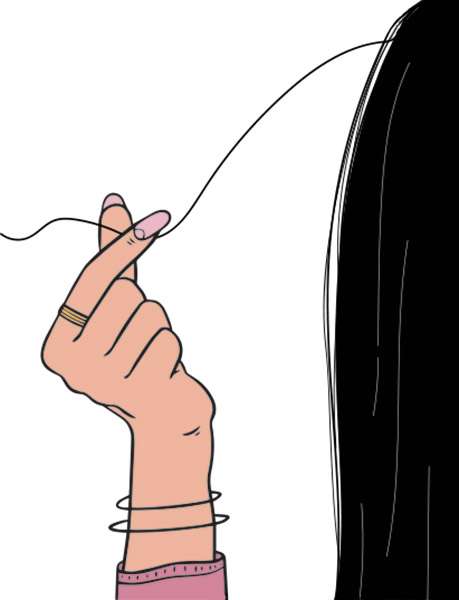As young girls, we are taught to have pretty, well-kept hair. There is a stigma surrounding hair that doesn’t meet certain—often Eurocentric—beauty standards. Putting our hair in braids or pigtails or styling it in certain ways is a symbol of beauty and self-care. For many, it is not that easy.
Everyone has silent struggles; some, however, are more visible than others. At least 5% of the population lives with a body-focused repetitive disorder (BFRD). Generally, these habits are built based on finding relief from boredom or anxiety, feelings we all deal with. In 2014, I began pulling out my hair. It became not only a habit but also a form of temporary relief. I just couldn’t stop.
To those who don’t know trichotillomania, or compulsive hair pulling, it is a BFRD that involves seemingly irresistible urges to pull out one’s hair. If you cannot possibly picture what that’s like, I will break it down: Imagine you have a never-ending supply of something that makes you feel better: an all-access pass. Even if you know you’ll regret it later, you use that pass time and time again until it becomes routine, a routine so embedded in your demeanor that you worry more about what might happen if you try to stop than what will happen if you go on.
We normally shun these disorders because they affect how we look. No one wears a sign that says “Don’t point out the patch on my head,” which often leaves people guessing. People were less than kind about my habit. For years, it was something I hid by wearing my hair in a ponytail that covered the spot, putting on hats, or staying home from sleepovers just in case they saw a glimpse of the bare part of my scalp. I let very few people in on my secret, never knowing how to explain what was going on inside my head and how my hand had become my worst enemy. It wasn’t until a teacher came up to me and explained that she also had “trich” that I felt a sense of relief. Someone I looked up to had the same unhealthy coping mechanism, and she still was beautiful, functional, and unafraid.
Some days were better than others. Understanding that just because something is comforting does not make it simple was the first step to stopping. Over many years, after an abundance of fidget toys, hair growth serums, and the acquisition of cognitive-behavioral therapy skills, I learned that it wasn’t about “getting better” or overcoming something shameful. I was stopping because I wanted to and because I wanted to be kinder to myself, not to fit anyone’s expectations of how my hair should look or how a lady should behave. I used books as the main way for me to stop pulling. Pages are thin like hair and stories transported my anxious thoughts into different worlds. I also couldn’t use my hands much while holding a book. I found this coping strategy on my own. No doctor ever recommended reading over vitamins or sitting on my hands.
It’s been two years since I stopped pulling my hair and I have come into contact with many people who also struggle(d) with trichotillomania. I write this as a letter to those who see themselves as their biggest enemy or have a habit they feel has greater power over them than their brain: You are not your hair or your skin; “abnormalities” do not make us less than. Do not give those unaware of your struggles the power to dictate how you view yourself and your beauty.



